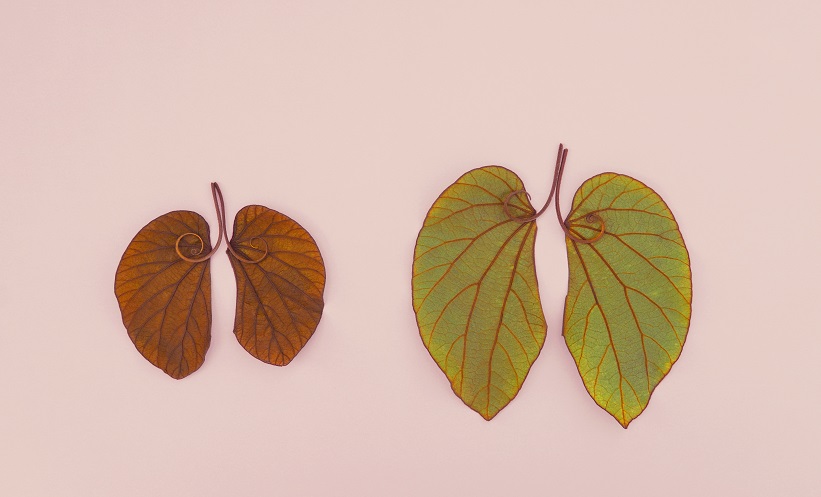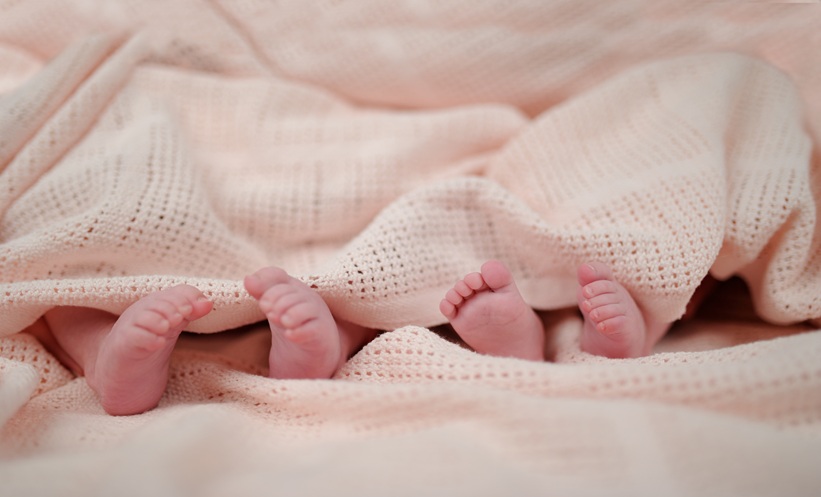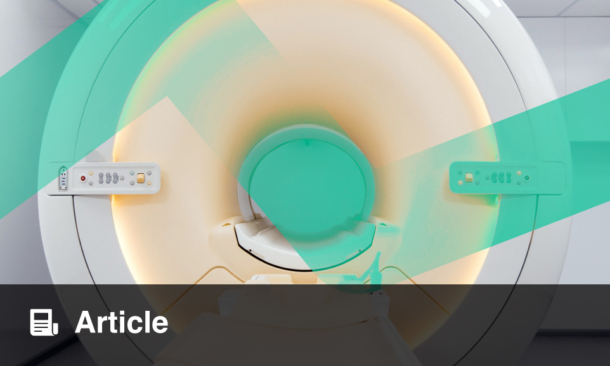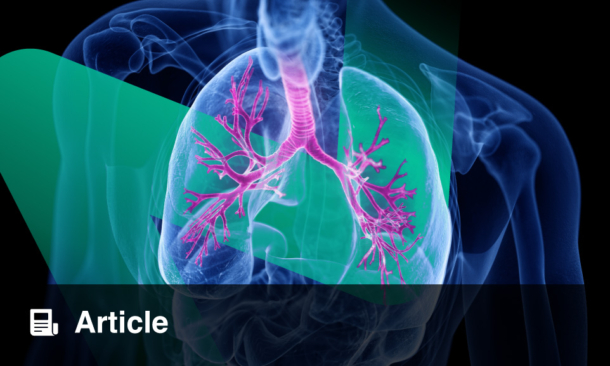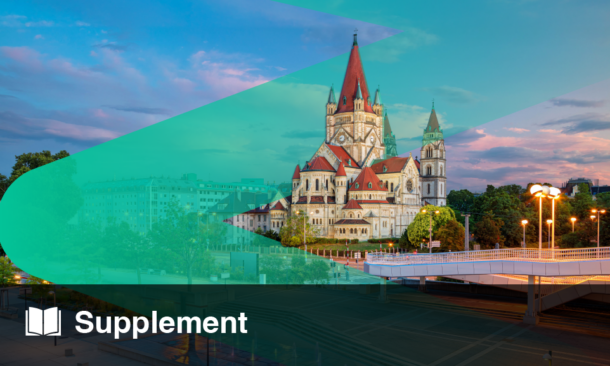RESEARCHERS have uncovered a critical mechanism behind why certain viral infections, such as COVID-19, lead to lasting lung damage.
A recent study looked into understanding the pathways that interfere with the lung’s natural healing process leading to abnormal repair in the lungs causing a scar-forming environment, pulmonary fibrosis. Pulmonary fibrosis is a serious concern for patients suffering from long COVID, also known as post-acute sequelae of SARS-CoV-2. The condition causes long-term symptoms, including severe difficulty breathing, fatigue, and the need for oxygen supplementation, or even a lung transplant in some cases. As therapeutic options for treating post-viral lung fibrosis remain limited, many patients face long-term disability and life-threatening complications.
The research team from the University of Virginia, Charlottesville, Virginia, used molecular profiling and advanced imaging techniques to study post-viral lung disease. They discovered that CD8+ T cells actively inhibit the repair of the lung’s protective barrier after infection, preventing healthy tissue from regenerating. To validate their findings, the researchers analyzed patient cohorts suffering from post-COVID lung fibrosis, which confirmed the role of these immune cells in driving the scarring process.
“This study provides vital insights into the abnormal pathways that hinder lung repair after viral infections,” said Jie Sun, co-corresponding author and professor at the University of Virginia School of Medicine. “With the increasing prevalence of viral pandemics, it’s crucial to understand these mechanisms to prevent long-term complications.”
The findings offer hope for new therapeutic strategies that could prevent or reduce the severity of lung fibrosis following viral infections, not only for COVID-19 but potentially for other viral illnesses like swine flu, which have also been shown to cause lasting lung damage.
Reference: Narasimhan H et al. An aberrant immune–epithelial progenitor niche drives viral lung sequelae. Nature. 2024.
Anaya Malik | AMJ

